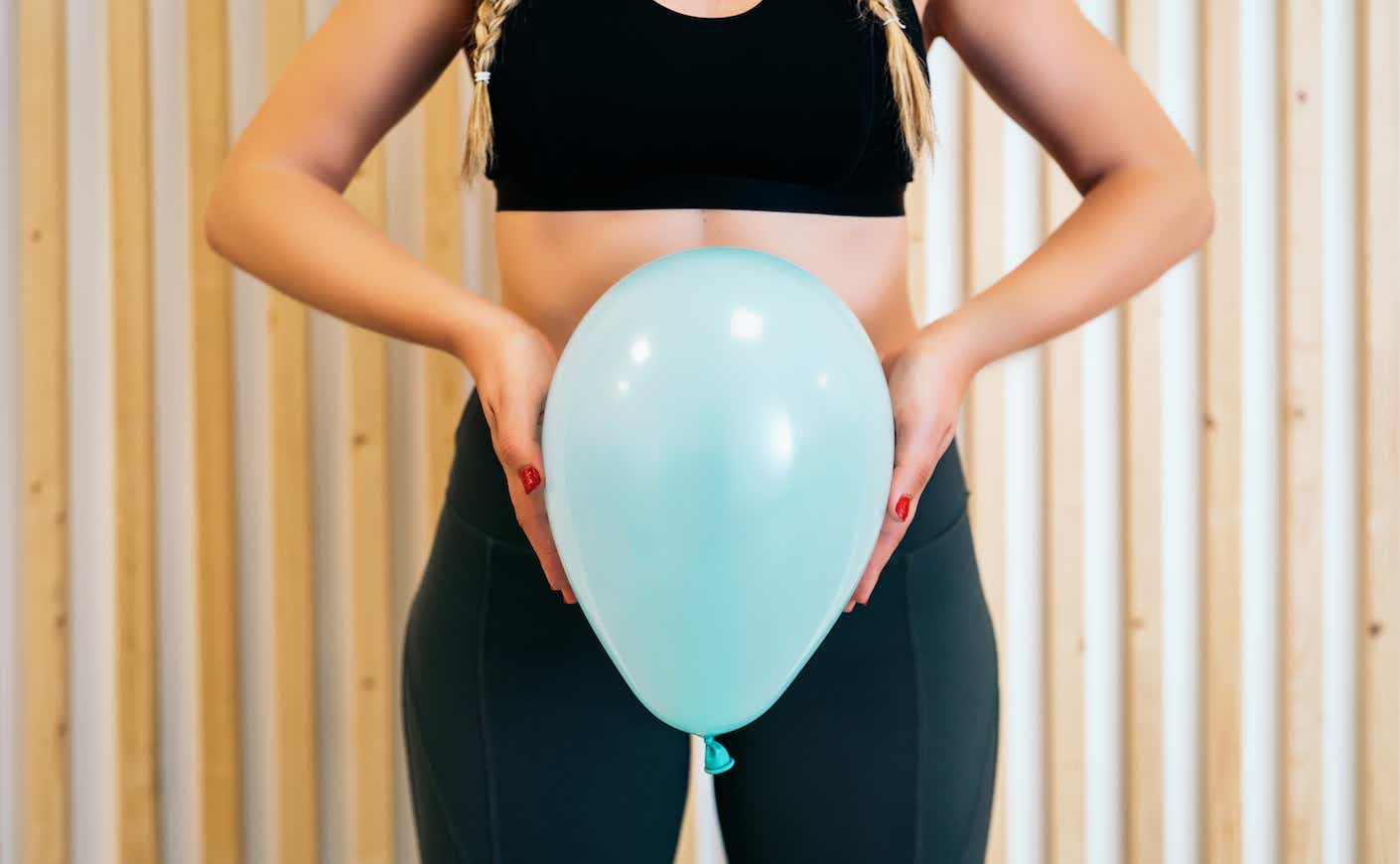There's a lot of misinformation out there about how and why women should strengthen their pelvic floor. You may have heard of Kegel exercises before, and you probably know that they've got something to do with keeping the muscles in your core strong. What you’re actually strengthening when you tighten your muscles down there is your pelvic floor, and it serves important functions in many areas of our lives, including sexual health and beyond. We spoke to Katie's own OB-GYN, Dr. Rebecca Brightman, about this region and whether you really need to strengthen it.
What is the pelvic floor and what are its functions?
So, what exactly is the pelvic floor? “It’s a group of muscles that acts sort of like a hammock,” says Dr. B. Many make the mistake of assuming it only supports the front of the body, but that's incorrect. “In women, these muscles support the bladder, the uterus, the vagina, and the rectum.” Keep in mind, men have a pelvic floor, too. (In men, it supports the prostate.)
Are Kegels actually good for you?
Let's start with the question, what is a Kegel exercise? Megan Roup, founder of the massively popular dance-workout class, Sculpt Society, says, “We actually don't even say ‘Kegel’ anymore, because that really only involves the front of the pelvic floor. In reality, the pelvic floor includes tissue that starts at the front of your pubic bone, extends to the back of your tush, and then the side sit-bone muscles. So it’s really like a big bowl.” That means when you’re trying to rebuild pelvic floor muscle either after giving birth or as you age, you should think about activating all four sides of this muscle group, not just the front.
While the common thought is that women should always be trying to get these muscles as strong as possible, Dr. B says this isn’t always the best course of action. There are several different exercises that will strengthen the pelvic floor, but Dr. B stresses that, if done improperly, these exercises may be more harmful than helpful: “In order to strengthen these muscles appropriately, women need to learn how to identify the muscles themselves. If you overdo pelvic floor exercises it can make those muscles spasm, which can result in other issues, including pelvic pain.”
Dr. B says the bigger challenge, especially for pregnant women, is not learning to strengthen these muscles but learning how to relax them: “If you have a big strong wall of muscle in your pelvic floor, it can make delivery challenging. Part of having a successful vaginal birth is understanding how to push properly, and that requires knowing how to relax these muscles.” That means if you’re a woman who is very athletic and has a very strong core, delivery might be particularly difficult if you haven’t learned how to properly relax these muscles and find yourself tensing up. Some pregnant women choose to see pelvic floor physical therapists before and/or after pregnancy to help address any concerns about their pelvic floor and delivery/recovery.
How the pelvic floor plays into pregnancy and incontinence
During pregnancy, lots of changes happen to the muscles of the pelvic floor. Dr. B explains, “There's some relaxation of the pelvic floor after pregnancy, particularly after vaginal birth, and if the baby is large. I think a lot of women think the elasticity of the pelvic floor postpartum has to do with how many Kegels you do when in reality it has more to do with the delivery, the size of the baby, and the genetics of the mother.”
While much of Roup's postpartum work has focused on regaining core strength and building back pelvic floor muscle, she emphasizes the importance of what she calls “360 breathing” for pelvic floor health. Anyone can do this routine (men or women!), which helps to relax and lengthen the pelvic floor muscles. In a seated position, slowly inhale through the nose and allow the rib cage to expand. The pelvic floor will lengthen to accommodate the expanded rib cage. Then when you slowly exhale, the pelvic floor will contract to help release the air. Roup says that even while she was still in the hospital after giving birth, she was doing these breathing exercises to help regain sensation in her pelvic floor. “It’s all about control,” says Roup. “If you find yourself peeing in your pants after birth, we want to be able to fix that through this work.”
If a woman has had a C-section, Dr. B suggests she consult with her physician before considering any sort of exercise within six weeks of delivery. “But if someone has had an uncomplicated vaginal birth, I would say that four weeks is a good amount of time to re-incorporate more strenuous exercise.” By six weeks after a normal vaginal birth, Roup says she has her clients doing modified planks to strengthen the core and pelvic floor.
While some women feel ready to jump right into rebuilding muscles after pregnancy, Dr. B stresses that women are much more prone to injury during pregnancy, because pregnancy hormones cause ligaments to relax. “Listen to your body,” says Dr. B. “If something feels uncomfortable, don’t do it.”
Pelvic floor control isn’t important just for women who are pregnant or have recently given birth. Dr. B explains, “Strengthening the Kegel muscles is important for urinary incontinence, bowel function, and vaginal tone. The point is, just don’t overdo it. And if you’re going to strengthen those muscles, you need to learn how to relax them as well.”









